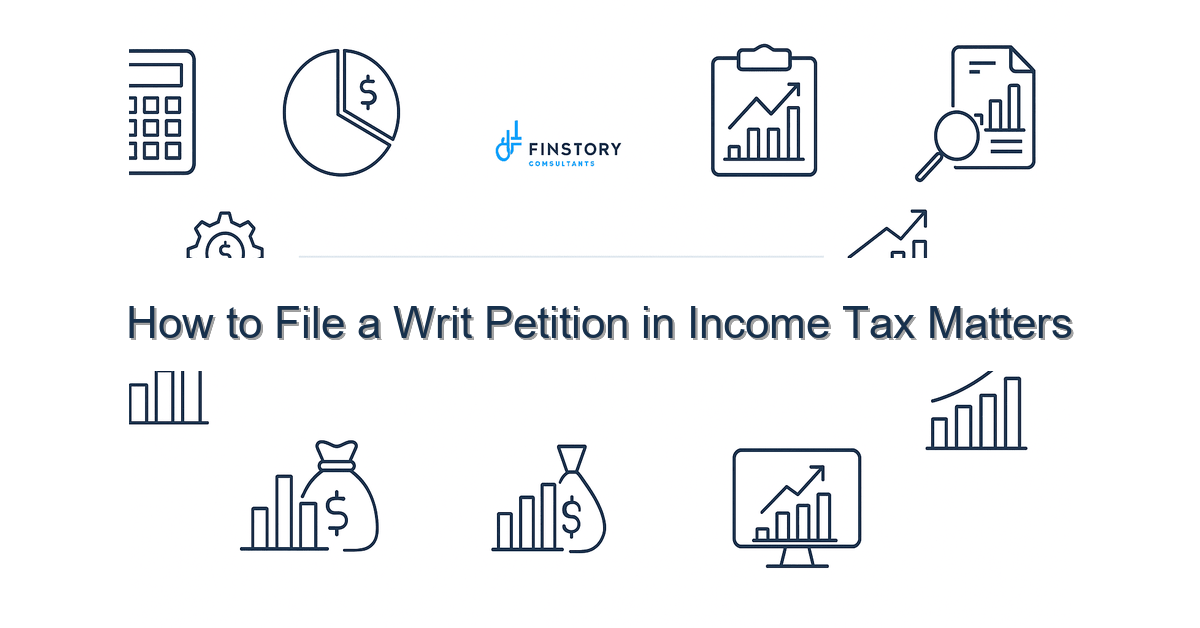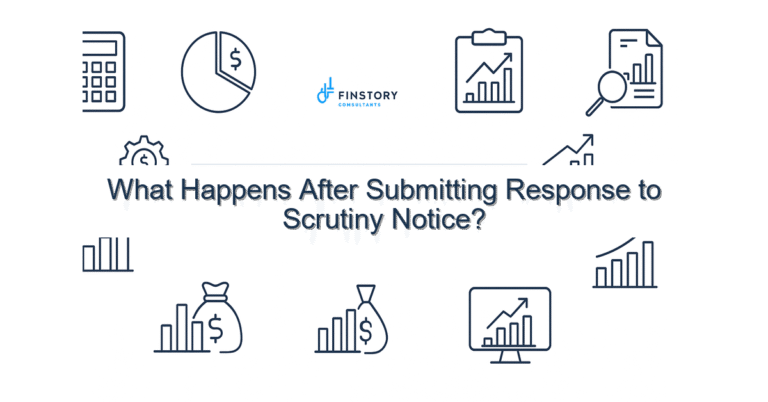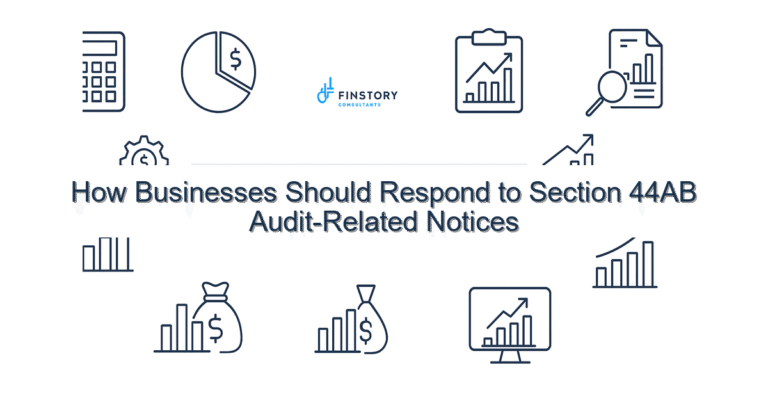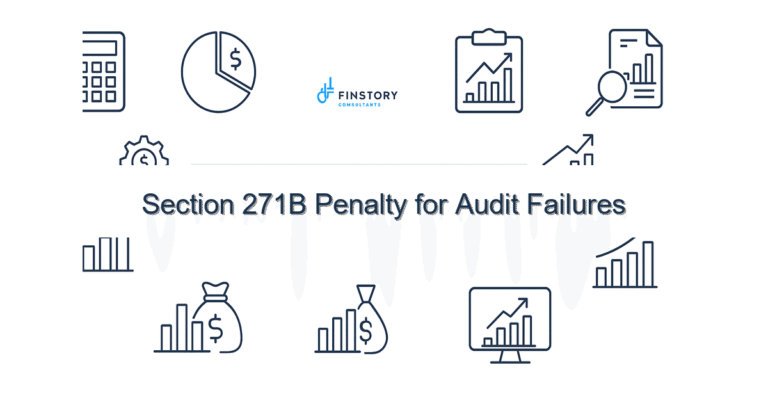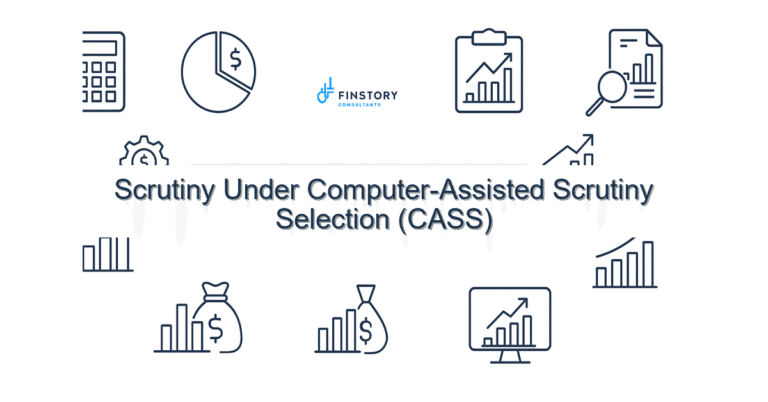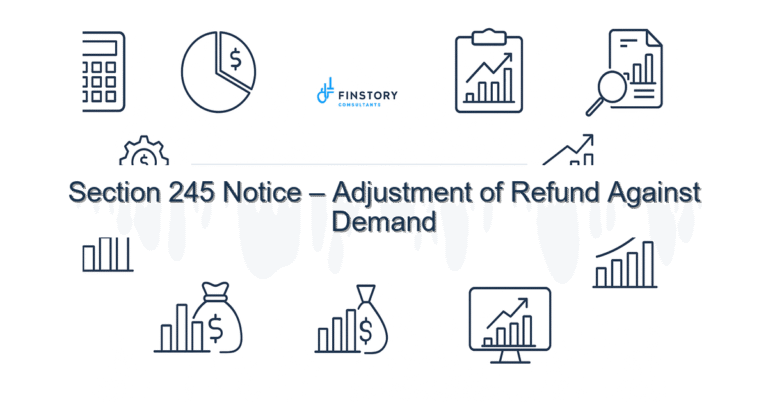How to File a Writ Petition in Income Tax Matters
Dealing with a tax notice, huge demand, or a denial of basic rights by an assessing officer is stressful. Many taxpayers — salaried employees, professionals, founders and MSMEs — feel confused about when litigation is required and how to start a writ petition in tax matters.
Summary: If administrative remedies are exhausted and you face a violation of fundamental legal rights or jurisdictional error in an income tax order, a writ petition in the High Court (or Supreme Court in limited cases) can be the right path. This guide explains the legal triggers, step-by-step actions, a practical checklist you can use this week, and when to call Finstory for a consultation.
What’s the real problem in India?
The Indian tax system is large and complex: assessment years (AY) versus previous years (PY), time limits under the Income Tax Act, CBDT timelines, and multiple forms and portals. Many taxpayers are unsure whether to challenge an order through appeal mechanisms or to move straight to a writ petition under Article 226/32.
- Symptom: Repeated notices despite providing the same documentary evidence.
- Symptom: Orders passed without jurisdiction or denial of natural justice (no hearing).
- Symptom: Seizure or coercive action where appeals are available but not yet exhausted.
- Symptom: Conflicting family of circulars or CBDT instructions creating confusion on compliance.
What people get wrong
Many taxpayers rush to file a writ petition without exhausting statutory appeals or missing key jurisdictional issues. A writ is powerful, but courts expect you to show that alternative remedies are inadequate or futile. Common mistakes:
- Skipping statutory appeals at the Commissioner (Appeals) or ITAT where facts need re-appraisal.
- Making technical submissions that ignore jurisdictional defects — courts look for legal errors, not just disagreements over facts.
- Not preserving records like AIS/26AS entries, TDS/TCS certificates, or ITR evidence (e.g., before the ITR filing last date adjustments).
- Assuming a writ will automatically stay recovery; courts may refuse interim relief without strong grounds.
A better approach
Think of filing a writ petition as the last, but sometimes necessary, step when a public authority acts beyond power or violates natural justice. Use a clear framework before you approach the court.
- Confirm you’ve exhausted or shown futility of statutory remedies (appeal to Commissioner or ITAT where facts are central).
- Identify the legal error (lack of jurisdiction, violation of principles of natural justice, gross non-application of mind by the department).
- Collect documentary proof: orders, communication trail, AIS/26AS, TDS/TCS records, ITRs, bank statements, and any CBDT circulars relied upon by authorities.
- File a well-drafted petition with clear reliefs: quash the impugned order, seek stay of recovery, and ask for costs if appropriate.
- Prepare for hearings: brief counsel on facts and legal points; be ready with interim applications if coercive steps are being taken.
Real-world example: A Bengaluru services founder received a demand for undeclared receipts. After an internal appeal failed and repeated denial of hearing, a writ petition highlighted non-consideration of bank statements and AIS/26AS mismatches. The High Court granted interim relief and sent the matter back for fresh consideration — recovery stayed and case reopened for proper assessment.
Quick implementation checklist
- Gather the impugned order, notices, appellate records and the assessment file copy if available.
- Download your AIS/26AS and verify TDS/TCS credits. Reconcile with your books and Form 16/Form 16A.
- Check limitation and jurisdiction issues: was the order passed beyond the time limit or by an officer without authority?
- Document any denial of natural justice: dates when hearings were requested, emails sent, and responses (or lack thereof).
- Assess whether facts require re-appraisal (appeal) or the case is purely one of law/jurisdiction (suitable for writ).
- Draft a concise legal chronology and list of reliefs (stay of recovery, quashing of order, direction for fresh hearing).
- Request an opinion from experienced tax counsel; if urgent coercive action is threatened, file an interim application for stay.
- Consider alternative dispute resolution where applicable (settlement, VDIS in specific contexts), but keep writ as a parallel option.
- Prepare certified copies and vet your petition for jurisdictional accuracy before filing in the correct High Court bench.
What success looks like
- Short-term: stay of recovery or attachment within days of interim relief — prevents business disruption.
- Medium-term: quashing of the impugned order for lack of jurisdiction or violation of natural justice.
- Lower litigation costs through focused pleadings and fewer adjournments.
- Improved compliance posture: corrected entries in AIS/26AS and reconciled TDS/TCS records reduce future notices.
- Faster ITR processing on corrected grounds and potential refund release where wrongful demands are set aside.
Risks & how to manage them
Filing a writ involves time, cost and uncertain outcomes. Manage risks by:
- Controlling scope: confine the petition to clear jurisdictional or legal errors rather than re-arguing every factual point.
- Avoiding repetitive litigation: use writs for public law issues, not routine tax disputes where ITAT is the right forum.
- Preparing financial protection: anticipate costs and possible adverse cost orders; secure interim relief to prevent asset attachment.
- Maintaining transparency: disclose ongoing appeals or remedial steps to the court to avoid negative inferences.
Tools & data
Use these India-specific tools to build a solid record:
- AIS/26AS from the TRACES/e-filing portal — reconcile with your books and Form 16/16A.
- Income Tax e-filing portal for copies of returns and acknowledgements (useful before the ITR filing last date).
- TDS/TCS tracking tools and bank statement exports to prove receipts and tax credits.
- Copies of CBDT circulars, press releases and relevant case law database for precedent on jurisdictional errors.
FAQs
Q: When should I file a writ petition instead of an appeal?
A: File a writ when there’s a pure question of law, jurisdictional error, or denial of natural justice, and when statutory remedies are inadequate or futile. If facts need reappraisal, prefer appeal routes like Commissioner (Appeals) or ITAT.
Q: Will a writ petition stop tax recovery?
A: A court can grant interim relief to stay recovery, but this isn’t automatic. Interim stays require showing urgency, irreparable harm, or prima facie cause. Always seek a stay application with your petition if recovery is imminent.
Q: Does filing a writ affect other tax matters like Section 80C limit claims or capital gains indexation?
A: A writ targets the impugned order or process; it won’t change substantive exemptions like Section 80C limit or the mechanics of capital gains indexation unless those specific legal points are argued. For routine calculation disputes, appeals are often preferable.
Q: How does TDS/TCS or AIS/26AS mismatch affect writ decisions?
A: Mismatches can be critical evidence. If the department acted ignoring AIS/26AS credits or TDS/TCS records, that can strengthen a writ on grounds of non-application of mind or error in law.
Next steps
If you think your case may merit a writ petition, start by sending us the order, notices, AIS/26AS and a short chronology. We’ll review jurisdictional points, advise whether a writ is appropriate, and propose a roadmap: appeal vs writ, costs, and timeline. Contact Finstory for a detailed review and risk assessment.
Work with Finstory. Speak with an Expert for a personalised plan to reduce your tax outgo and stay compliant. Book a free 20-min consultation.
📞 Need help with Income Tax in India?
Book a 20-min consultation with our tax team. Individuals, founders & MSMEs welcome.
Prefer email or phone? Write to info@finstory.net
or call +91 44-45811170.
